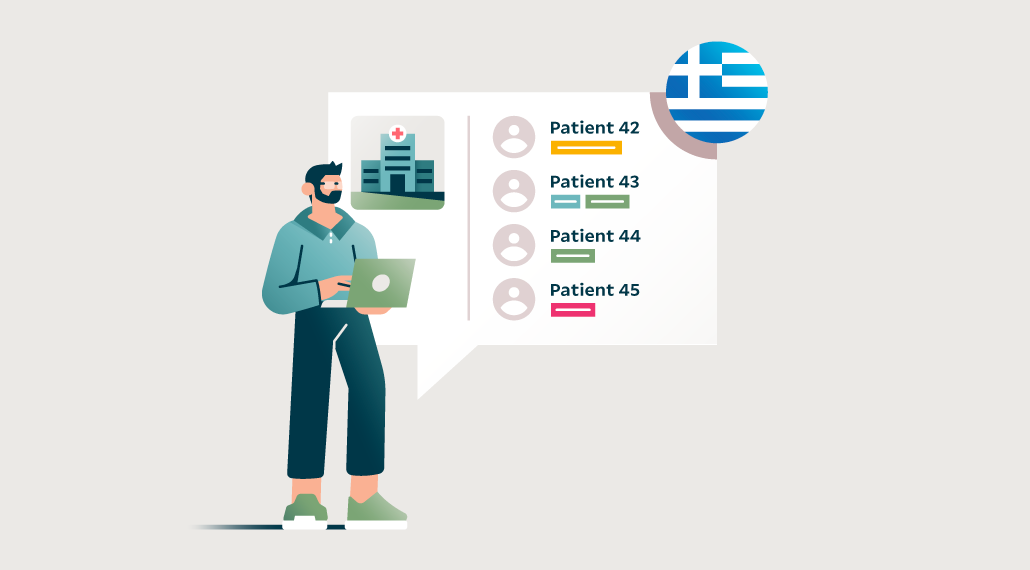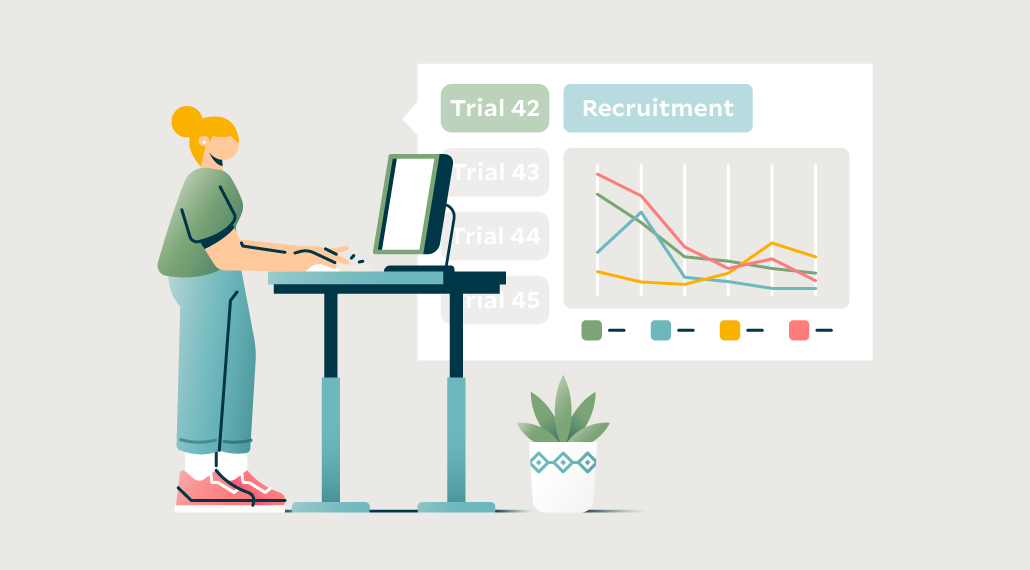January 28th, 2022
How Sponsors Can Start to Improve Recruitment Processes
By OneStudyTeam

Small considerations in managing top-of-funnel patient recruitment can make big differences for clinical trial performance. While there are many available (and growing) channels for patient recruitment, up to 90 percent of clinical trials still face delays due to low enrollment rates and inefficient processes.
So how can sponsors improve recruitment processes to ensure eligible trial candidates enroll in studies? Here we’ll explore:
- Opportunities to use digital pre-screening procedures to maximize successful enrollment
- How inefficient management of study waitlists holds trials (and patients) back
Update your pre-screening process to reach more eligible patients
To maximize enrollment efficiency means to maximize the ratio of recruited subjects to enrolled subjects. While a robust patient pipeline is great, it creates extra pre-screening and screening work for sites if these candidates are a poor fit for the trial or if participation isn’t feasible. Integrating relevant pre-screening questions and education earlier in the recruitment process – and within a digital system for tracking – minimizes lost time and effort for both site staff and trial candidates.
3 Considerations for narrowing the funnel to identify more eligible patients:
- Location: For referrals made from broader pools, such as those from recruitment vendors or through patient self-identification, this can be particularly crucial. Including pre-screening questions regarding a patient’s geographic distance from the trial site, especially for trials involving many onsite visits, can be an effective way to filter out candidates who would be physically unable to make it to clinical visits. Conversely, in the case of a decentralized or hybrid trial, expanding geographical boundaries on your recruitment efforts could be a huge benefit. Site location and accessibility is an important issue to consider in trial design and site selection, but filtering candidates by location is worth considering during the recruitment phase in the interest of feasibility.
- Leverage provider expertise in referrals: Providers can be a great source of patient referrals, and — because of their medical expertise — they’re particularly well-suited to deliver candidates that are a likely therapeutic match for a trial. Educating providers on higher-level eligibility criteria can refine their referrals even further, essentially completing some pre-screening work for site teams in advance.
- Find the right balance of pre-screening criteria: Integrating pre-screening questions that lack sufficient detail will likely generate leads that aren’t suitable for a trial, but an excess of questions could deter interested potential patients early in the recruitment funnel. Focus on what is critical to eligibility per the protocol as well as per your diversity plans.
Create a more thoughtful process of pre-screening patients from the top of the recruitment and enrollment funnel to set your trial up for success. Make sure that the candidates who are contacted and scheduled for screening visits are likely to be both eligible and able to participate, saving valuable time for sites and patients alike. Additionally, provide your site teams with a digital platform where they can complete pre-screening checklists per protocol while managing pre-screening visits.
Rethink the waitlist
Some multisite trials may allot only a few patient slots per site at a given time. In these cases, candidate interest and eligibility may outpace availability for a spot on the trial, making a waitlist necessary for managing recruitment and enrollment. Managing trial waitlists can be a major stumbling block for coordinators and other site staff — without a unified, transparent system of tracking patients and sharing information with sponsors, waitlist management is often left to sticky notes, emails, voicemails, and other disorganized pieces.
This waitlist dilemma is a great opportunity for a digital recruitment and enrollment solution to dramatically improve efficiency. High-demand clinical trials often need to reach patients as soon as possible, so organization is not just a matter of convenience. A quick summary of the patient’s information built into the waitlist gives site staff instant visibility into eligibility, and transparency for the sponsor saves coordinators time in calls or emails to update the waitlist.
Additionally, this improved waitlist provides a central place for tracking if and when patients were contacted and if a patient is ineligible or uninterested in participating, so that the next waitlisted candidate can be contacted immediately to begin screening and enrollment. For patients relying on a clinical trial as a potential care option, even a few unnecessary days of waiting can be precious time lost.
The benefits of better processes
With the right pre-screening processes, slot allocation processes, and digital tools in place, sponsors can smooth out recruitment and enrollment. Not only do improved processes simplify workflows and save time for sites, but they enable eligible patients to enroll in trials faster. StudyTeam solutions help sites pre-screen and enroll patients faster while providing sponsors with end-to-end visibility into recruitment progress across all channels.
Related Posts

How Does a Trial Manager in Greece Improve Clinical Trial Operations with StudyTeam®?
Dimitris Tziogas, local trial manager at a biotechnology company in ...
Read More
How to Address Key Clinical Trial Challenges, According to Clinresco Centres in South Africa
There’s no single solution to overcoming a research site’s specific ...
Read More
3 Clinical Trial Billing Challenges Research Sites Solve with StudyTeam
Challenge 1: Complicated coverage analysis Challenge 2: Tedious budgeting ...
Read More

